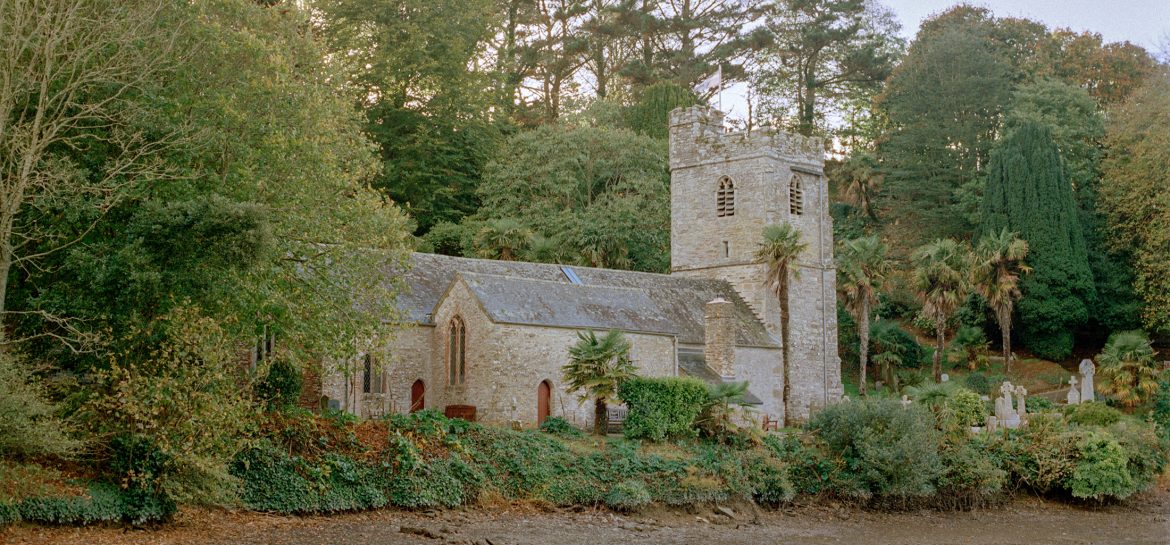
Emily Thornhill reflects on religious sites in the first article in her new series for Cornish Story exploring place through photography.
‘God’s Little Acre’ is a study of the tiny and often forgotten Anglican churches and chapels of Cornwall, that reside in the most secluded of places. Serving sometimes only handfuls of people, these intricate buildings illustrate incredible levels of devotion and faith.
 St Winwalloe
St Winwalloe
I have always been interested in the varied and extensive methods in which humanity chooses to express our faith to chosen deities and ideas of the sacred. Our commitment and devotion to such beliefs is so strong that throughout history, we have embarked on creating places for the sole purpose of worshipping them. Many feel that they are most connected to their faith whilst within such spaces, and the buildings themselves can be so intricate and beautiful, that they even have an impact on those who consider themselves to be atheist. No matter the religious preference, religious buildings act as havens that are separate from the outside world through their calm, safe and tranquil nature.
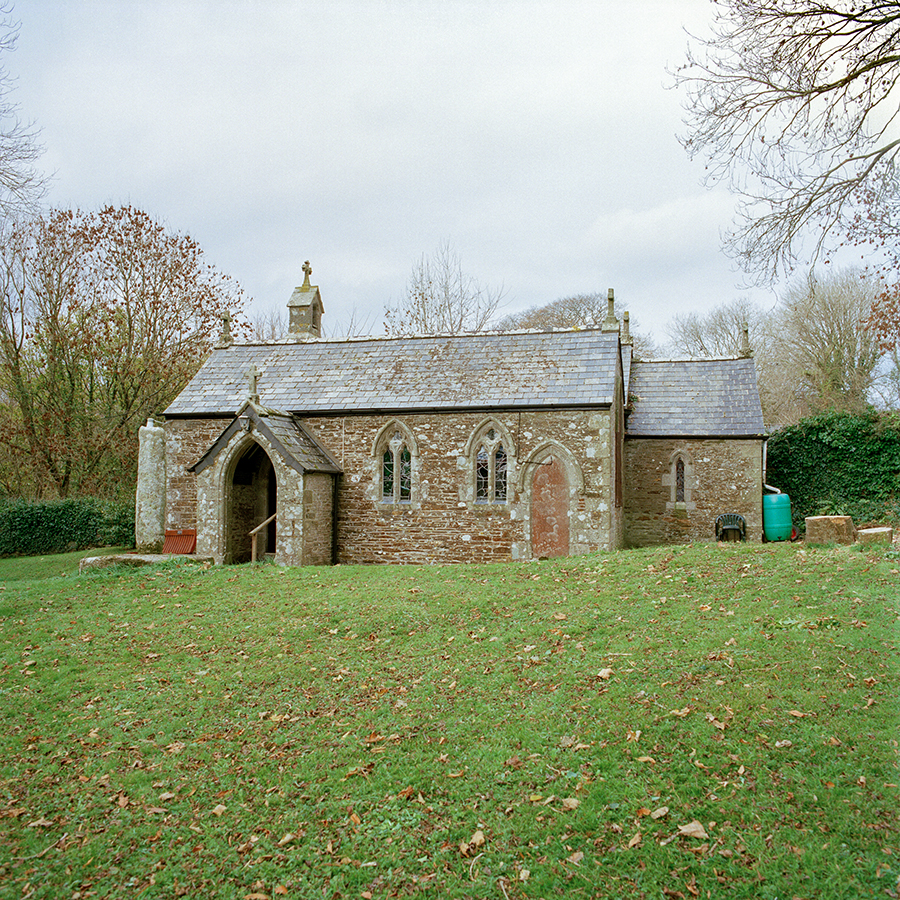
St Kea
The artistry and beauty that these buildings possess, are a direct product of the faith of those that are involved in their creation and construction. Many people appreciate this display of dedication at their greatest when admiring immensely scaled constructions such as cathedrals, mosques and temples, that are visited by thousands of people every year and are known worldwide. However, I believe that small places of worship such as fishermen’s chapels humbly match the levels of devotion that towering cathedrals embody, and therefore deserve just as much attention. As these buildings have been created to serve such small quantities of people and are located in such remote and sometimes isolated places, the passion and adoration that has been poured into them by everybody involved in their making and upkeep is so special, and greatly deserves the attention of a much wider audience.

St Stephen
Through this work I wanted to showcase the differences in design that these church buildings embody, which are direct results of religious faith being channelled into creativity. Even though they are all located within Cornwall and not too far away from each other, their designs vary so drastically, physically portraying the very personal nature of faith. All of these buildings have been created to worship the same deity, yet some are attached to grand houses, some have separate towers and others are even made out of tin painted blue! All of these designs are influenced by the period of history they belong to, the surrounding environment they reside within and the faith of their creators, and the results have produced such intricate buildings that are all unique in so many different ways. Because of this, it was really important for me to try and make these differences as noticeable as possible within my work, in order for comparisons to be made and noticed between buildings and their aspects. Therefore, these images are intended as a typology, so viewers are able to see all forms that this expression of faith makes up right alongside each other, in the hope that an appreciation for their respective creation and design can be forged.
 St Philleigh
St Philleigh
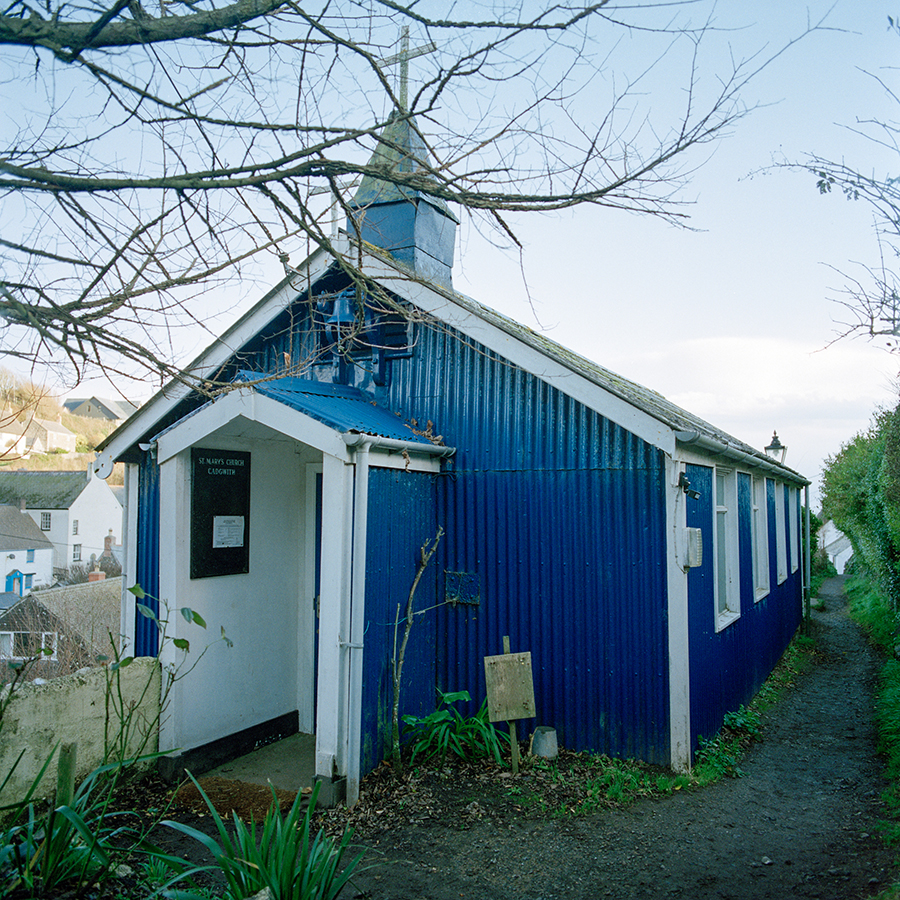
St Mary

St Day Holy Trinity
An aspect of this work that I have found so intriguing is the research I have conducted into each building and the moments they have witnessed. I first got the idea to undertake a project like this back when I was in school and taking part in The Duke of Edinburgh’s Award. Whilst walking around the coast of Cornwall with only a map and compass for orientation, I began to rely upon the towers of churches from villages I was passing to help me with my bearings. It got me thinking about how churches act as a hub for those who live within each community, through their design making them a focal point within the landscape as well as them being the place where many different celebrations of life occur. Historical records are kept within churches, relatives who have passed away are buried within their gardens and they are home to occasions that many people cherish as the most important of their lives. They are buildings that are embellished with a rich social history and have stood as a constant throughout many meaningful moments, which in itself alters the way we view them and their importance. All of these components make churches important historical landmarks as so many stories are wound into the very fibre of their being. As society changes and becomes ever more secular, the role of churches within everyday life appears to be diminishing, yet they are still present within our landscapes and act as relics of the past.
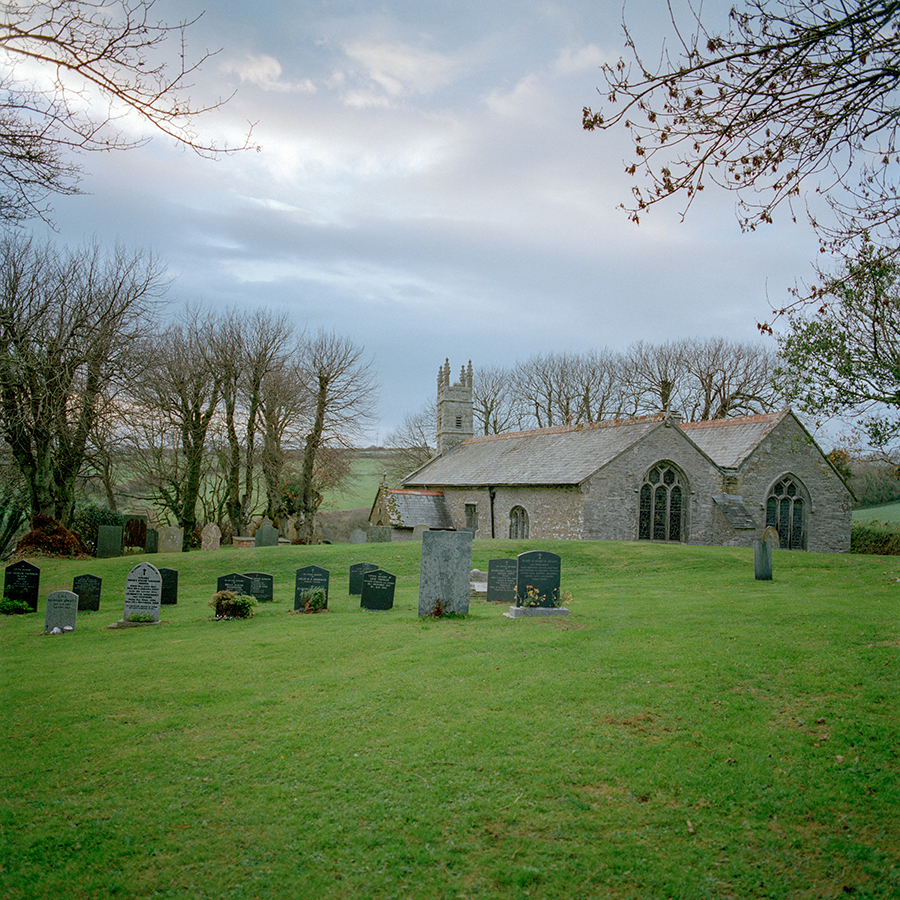
St Cornelius
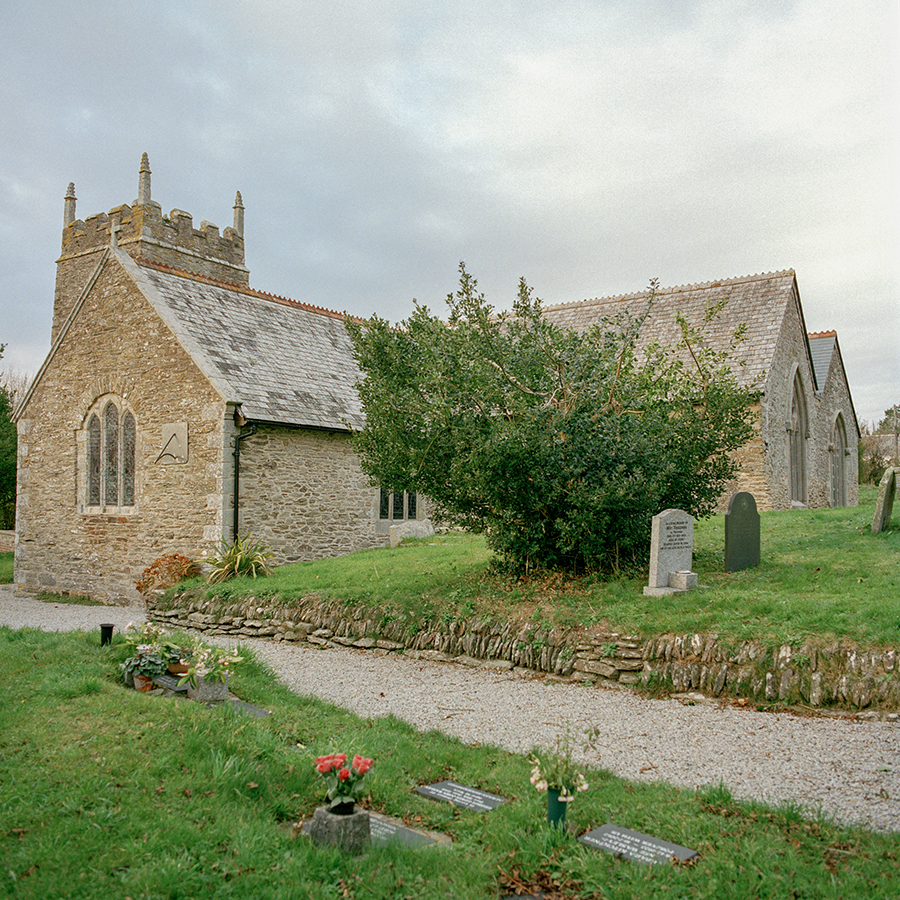 St Rumon
St Rumon
Whilst creating this work, it was very important for me to capture each individual church or chapel within the environment that they reside in, as they are often located within very picturesque landscapes. These places have been hand picked as suitable to house such important structures due to specific aspects of their nature, and there is a strong link between religious mysticism and areas of outstanding natural beauty. On top of this, Cornwall is steeped in a rich religious history from the many pilgrimage routes running through it as well as its abundance of saints, and it is these individual stories that are visualised through the creation of such interesting and unique buildings. They truly are hidden sanctuaries, that are so worth the effort of finding and experiencing for yourself.

St Corentine
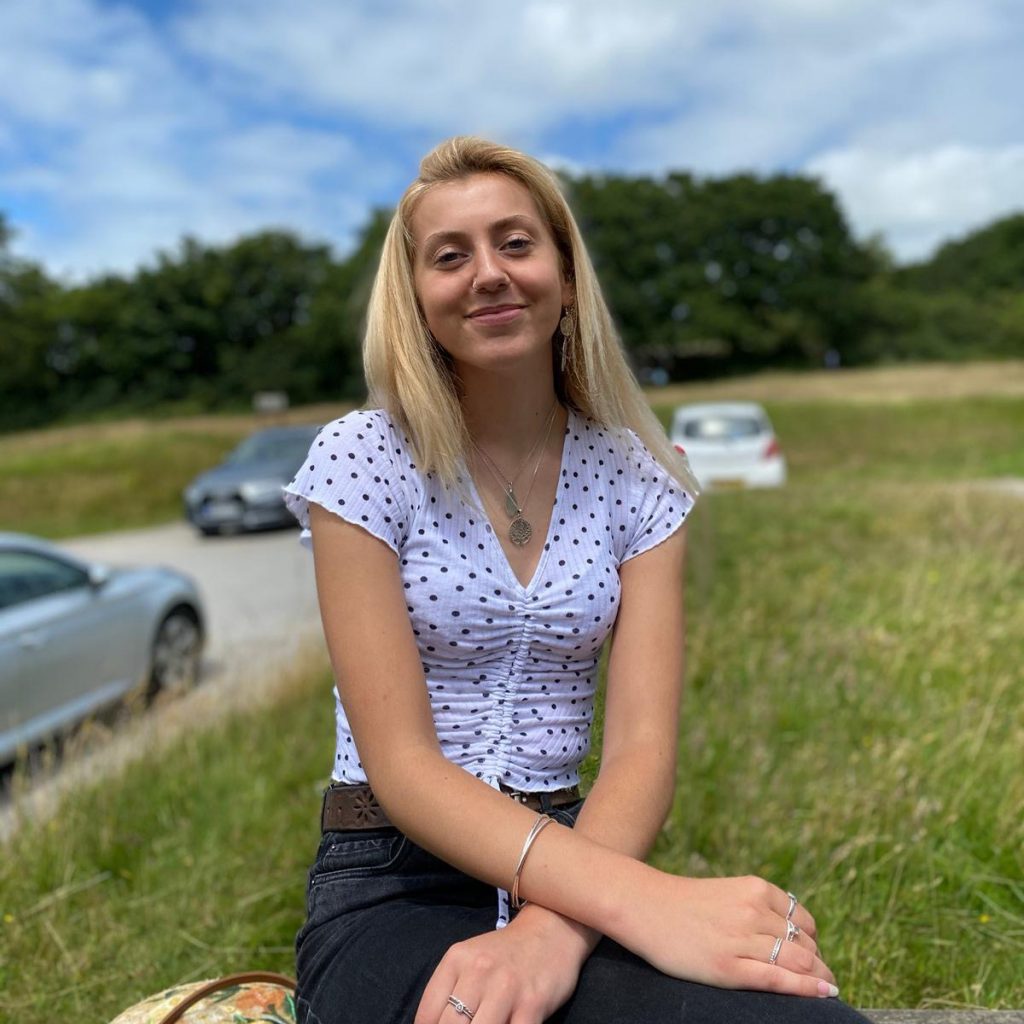
Emily Thornhill is a photographer and visual artist based in the South West. Her practice is heavily influenced by her love for the natural world and the conservation of everything within it, through a childhood spent in Cornwall. She has recently graduated from the University of the West of England with a First Class Honours degree in Photography.
Cover Picture: St Just-in-Roseland
